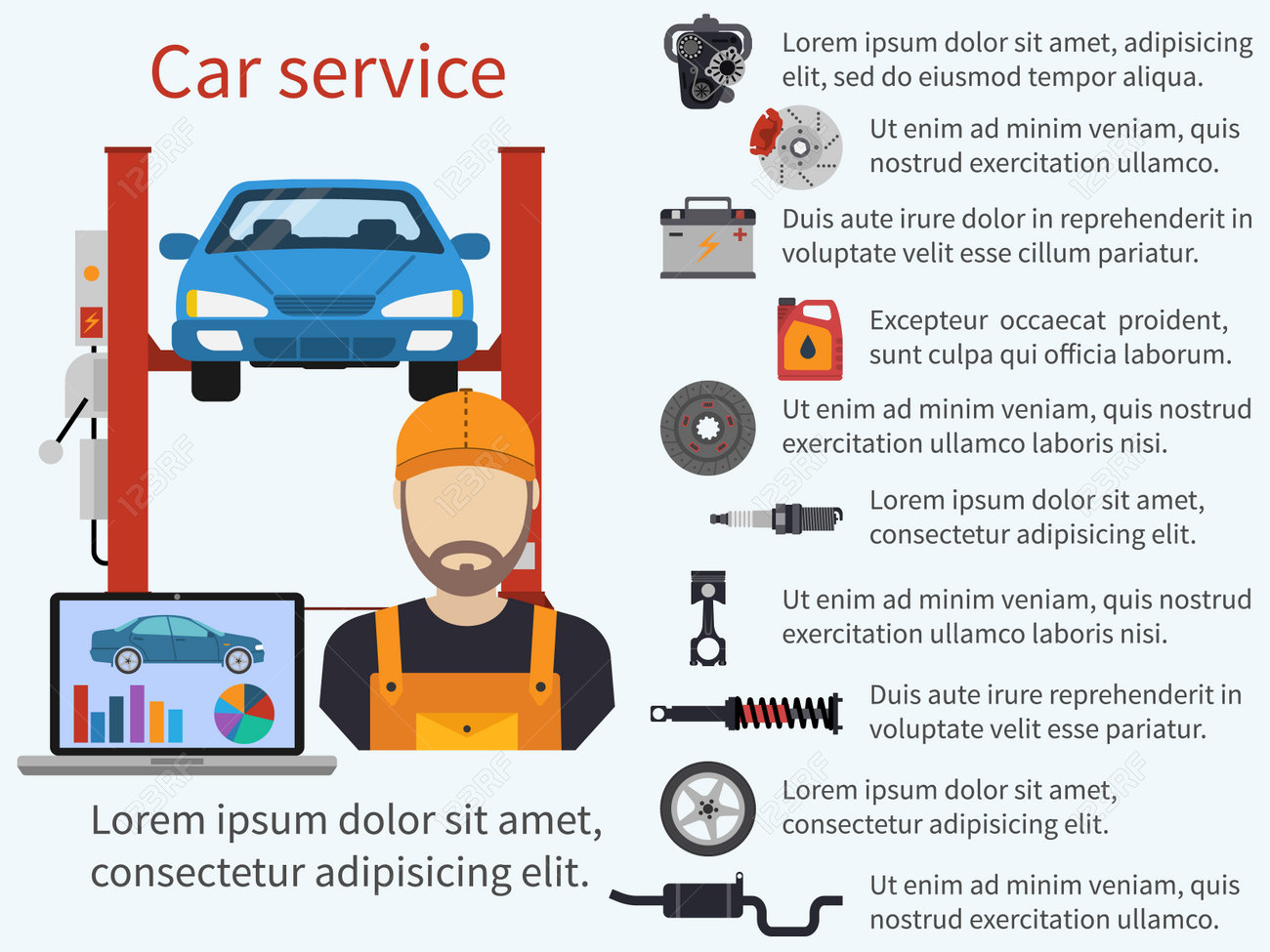Comprehending The Significance Behind Your Lorry'S Caution Lighting: An Extensive Look
Comprehending The Significance Behind Your Lorry'S Caution Lighting: An Extensive Look
Blog Article
Web Content Author-Samuelsen Alvarado
When you lag the wheel, those radiant warning lights on your control panel can be a little bit complicated. Do you recognize what they're trying to inform you about your car's health? Understanding the importance of these lights is vital for your safety and security and the longevity of your automobile. So, the following time one of those lights appears, would not you wish to decode its message accurately and take the needed steps to address it?
Common Caution Lighting and Interpretations
Identify common caution lights in your auto and comprehend their definitions to ensure secure driving.
One of the most typical warning lights include the check engine light, which signals problems with the engine or discharges system. If this light begins, it's crucial to have your automobile examined immediately.
The oil pressure advising light shows reduced oil stress, calling for immediate attention to prevent engine damages.
A blinking battery light could recommend a damaged billing system, possibly leaving you stranded otherwise dealt with.
The tire stress surveillance system (TPMS) light informs you to reduced tire pressure, influencing automobile security and fuel effectiveness. Disregarding https://remapping-near-me74951.blogginaway.com/30843500/interested-in-the-widespread-myths-related-to-auto-outlining-explore-the-realities-behind-these-ideas-and-find-out-exactly-how-professional-describing-can-be-helpful-for-all-car-owners could bring about hazardous driving problems.
The abdominal light indicates a problem with the anti-lock braking system, compromising your capacity to quit swiftly in emergency situations.
Finally, the coolant temperature level alerting light warns of engine overheating, which can cause extreme damage if not fixed quickly.
Comprehending these typical warning lights will certainly aid you attend to problems immediately and keep safe driving problems.
Relevance of Prompt Interest
Understanding the usual caution lights in your vehicle is just the primary step; the relevance of immediately resolving these warnings can not be stressed enough to ensure your safety and security when traveling.
When car waxing brightens on your dashboard, it's your vehicle's method of communicating a prospective concern that needs interest. Overlooking these cautions can lead to much more serious problems in the future, endangering your security and potentially costing you a lot more out of commission.
Trigger interest to cautioning lights can stop malfunctions and accidents. For https://brakelinefittings84061.anchor-blog.com/10552076/exists-any-type-of-reluctance-on-your-part-concerning-the-result-of-car-describing-on-your-lorry-s-resale-value , a flashing check engine light can indicate a misfire that, if left ignored, can trigger damage to the catalytic converter. Addressing this quickly can save you from an expensive fixing.
In a similar way, a brake system cautioning light could signify low brake liquid or used brake pads, important components for your safety and security when driving.
Do It Yourself Troubleshooting Tips
If you discover a caution light on your dashboard, there are a couple of DIY fixing tips you can try prior to looking for specialist aid.
The initial step is to consult your cars and truck's guidebook to understand what the particular caution light shows. Sometimes the concern can be as basic as a loose gas cap causing the check engine light. Tightening the gas cap may solve the problem.
One more typical problem is a reduced battery, which can activate numerous advising lights. Inspecting the battery links for rust and ensuring they're safe and secure might take care of the problem.
If a warning light lingers, you can attempt resetting it by detaching the vehicle's battery for a few minutes and afterwards reconnecting it. Additionally, inspecting your vehicle's fluid levels, such as oil, coolant, and brake liquid, can aid fix warning lights related to these systems.
Final thought
To conclude, understanding your auto's caution lights is important for keeping your vehicle running smoothly and securely. By quickly resolving these informs and understanding what they suggest, you can prevent pricey repair services and possible breakdowns.
Keep in mind to consult your vehicle's manual for certain details on each advising light and do something about it accordingly to ensure a trouble-free driving experience.
Stay educated, stay risk-free when traveling!
